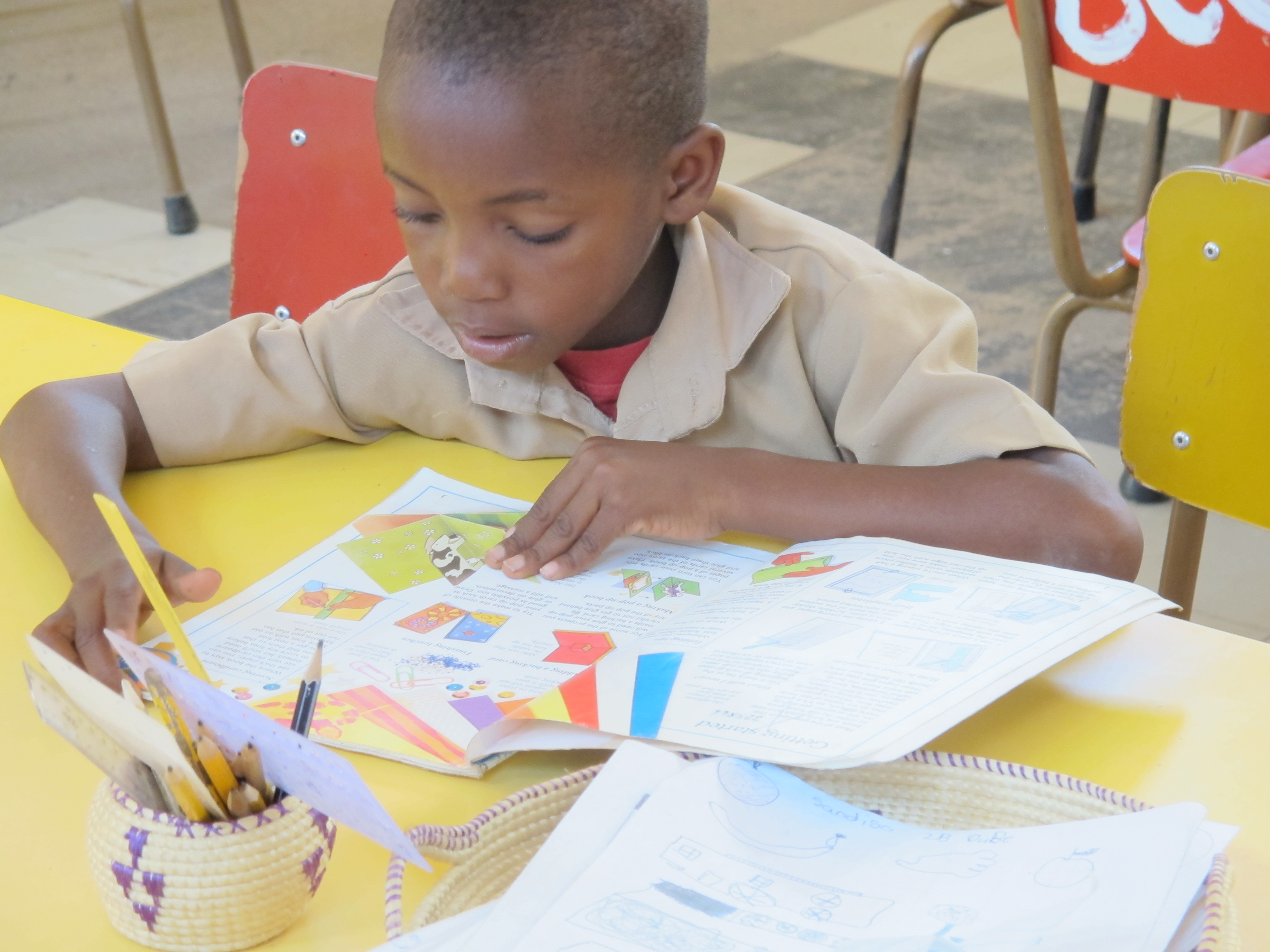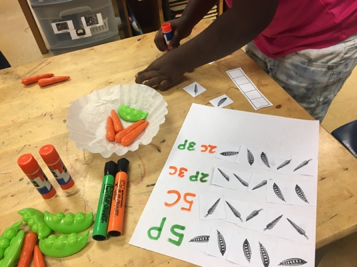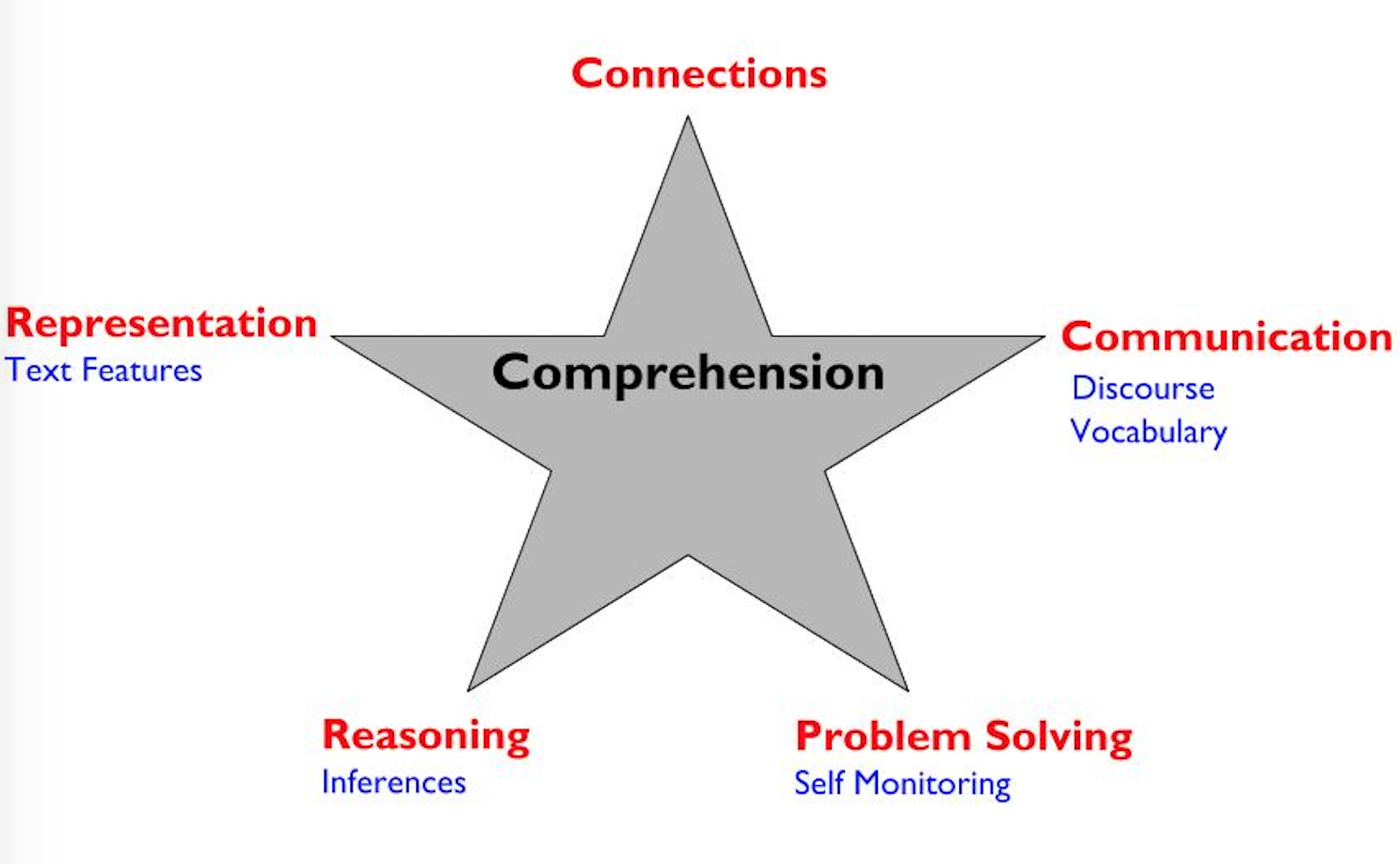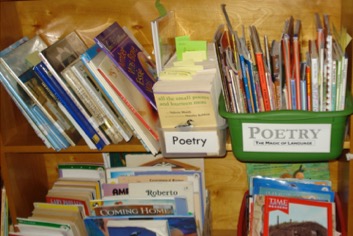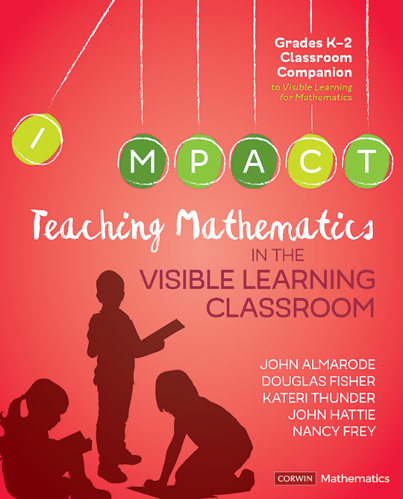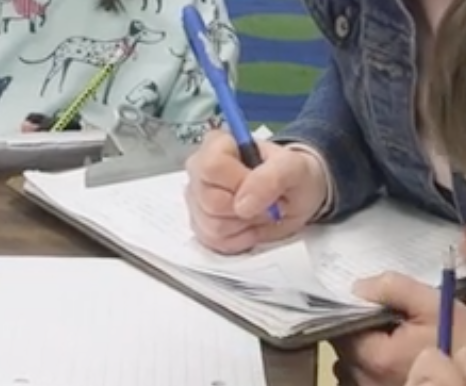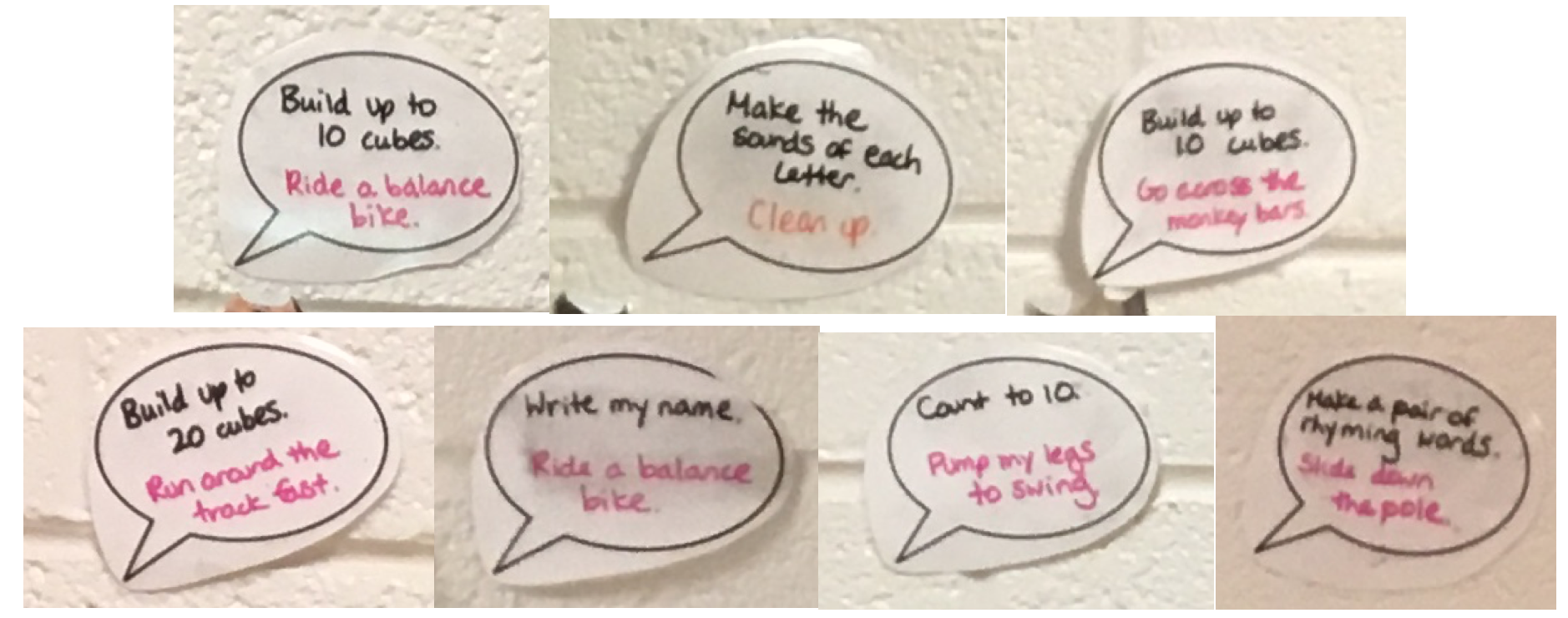Aug
04
2020
We keep coming back to the question: How can we disrupt systems of injustice? As educators, we have unique access to disrupt systems of injustice in schools. There are systemic practices that we can disrupt at school and district...
Jul
20
2020
2020 has proven to be the year of reflection for us. The year’s events and overall state of the world have caused many to pause and reflect on different aspects of their personal and professional lives. For us, one...
Jul
07
2020
Sometimes the idea of creating and communicating meaningful learning intentions and success criteria for every part of our instructional day is overwhelming.
From the moment learners enter our classroom door, they are engaged in intentional learning experiences. Some of these...
Feb
13
2020
My daughter is a voracious reader. I often try to keep pace with her only to be left in the dust as she finishes book after book. However, in my hunt for books with diverse characters and written by...
Feb
04
2020
We have go-to math tasks - tasks that are open, include a visual component, and are mathematically rich with a low mathematical floor and a high mathematical ceiling (Boaler, 2016). These tasks are effective for introducing a new concept,...
May
09
2019
We are thrilled to share with you four excellent professional learning opportunities.
First, our very own 2019 Math+Literacy Summer Institute: Engaging Students in the Processes of Math and Literacy will be held July 24 and 25 in Charlottesville. Register now and...
May
02
2019
In order to engage students in goal setting, progress monitor those goals, and differentiate instruction, we need to know each individual student. With a class full of students and so much to do, how do we learn about students...
Mar
08
2019
Teaching Mathematics in the Visible Learning Classroom, Grades K-2 is out! This book is a sequel to the megawatt bestseller Visible Learning for Mathematics by John Hattie. Kateri had the honor of writing alongside educational greats like John Hattie, Doug Fisher, and...
Mar
08
2019
Last time, we took first steps toward setting individual academic goals with students. Now that those goals are set and action plans created, how do you keep track of all the learning? How can you make decisions about where...
Feb
12
2019
Since our October workshop on Student-Centered Assessment and Goal Setting, we’ve shared strategies for noticing and encouraging students’ naturally occurring, in-the-moment goals and for modeling goal setting and the student-centered assessment cycle explicitly through class goals. Now, it’s time...
